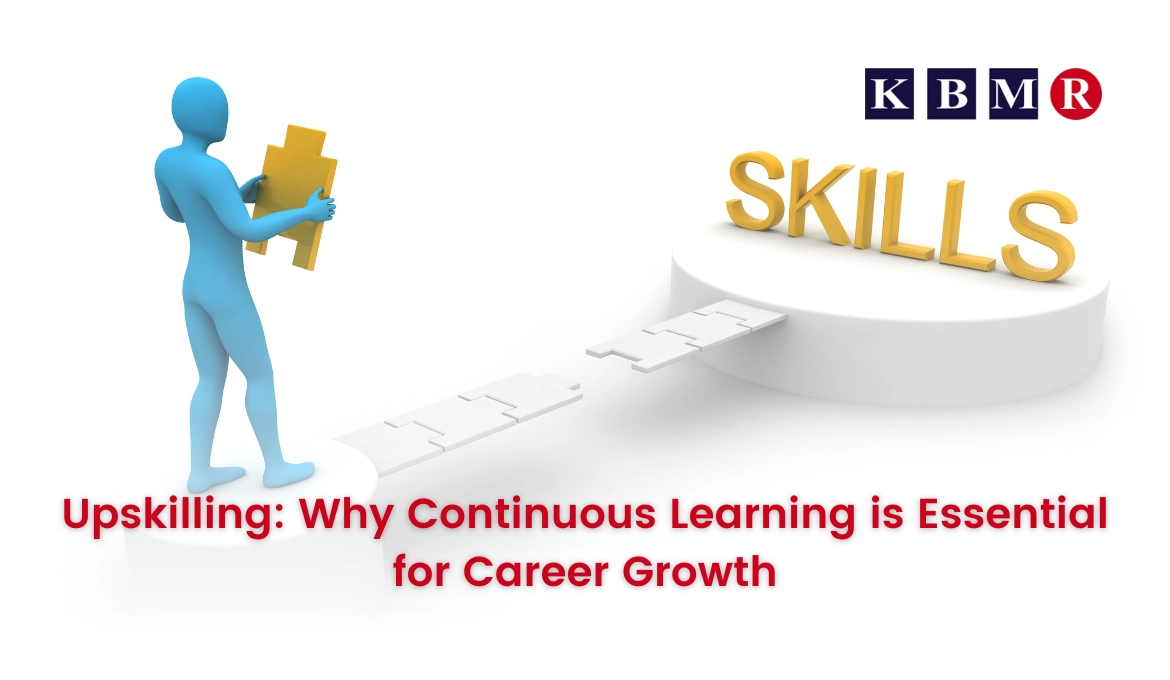In the fast-paced world of modern recruitment, organisations are constantly seeking ways to optimise their hiring processes to engage and retain top talent. One increasingly popular approach that has emerged in recent years is data-driven recruitment.
By harnessing the power of analytics and big data, companies can make more informed decisions during the hiring phase, leading to better outcomes and, ultimately, more tremendous success in building high-performing teams.
Understanding Data-Driven Recruitment
Data-driven recruitment is a robust approach to hiring that includes data and analytics to guide decision-making at every stage of the recruitment process. Traditionally, hiring decisions have been based mainly on intuition, experience, and subjective assessments.
However, in today's digital age, companies have access to vast data that can be leveraged to make more objective and evidence-based hiring decisions.At its core, data-driven recruitment relies on collecting, analysing, and interpreting various data types related to the recruitment process. This can include data on candidate demographics, skills, experience, performance metrics, and data on the effectiveness of different recruitment methods and channels.
By systematically collecting and analysing this data, organisations can gain valuable insights into which candidates are most likely to succeed in specific roles, which recruitment methods are most effective at attracting top talent, and where potential bottlenecks or biases may exist in the hiring process.
The Benefits of Data-Driven Recruitment
Using data to hire people has many benefits for any company. One big benefit is that it helps them pick the right people by looking at facts instead of just opinions. When they study how they've hired people before and how well those people did, they can figure out which new applicants are likely to do well, too.
Data-driven recruitment also allows organisations to optimise their recruitment strategies and allocate resources more effectively. By analysing the performance of different recruitment platforms, such as job boards, social media, and employee referrals, companies can determine which channels attract high-quality candidates and focus their efforts accordingly.
Another significant benefit of data-driven recruitment is its potential to reduce bias and promote diversity and inclusion in the hiring process. By using data to identify and eliminate bias in job descriptions, candidate evaluation criteria, and interview processes, organisations can create a more level playing field for all applicants and ensure that hiring decisions are on merit rather than subjective factors.
Also, using data to hire people can help companies find the right person faster. They can use computers to do boring tasks like finding people to apply for the job and reading resumes. They can also use predictions to find the best candidates faster. This means they can hire people quicker and get positions filled faster.
Implementing Data-Driven Recruitment Strategies
While the benefits of data-driven recruitment are clear, implementing a data-driven recruitment strategy requires careful planning and execution. Here are some essential steps organisations can take to effectively leverage data and analytics in their hiring process.
Define Clear Objectives and Metrics
Organisations should clearly define their hiring objectives before embarking on a data-driven recruitment initiative and identify the critical performance metrics to measure success.
Whether the goal is to reduce time-to-fill, improve candidate quality, or increase diversity, having clear objectives and metrics will help guide decision-making and ensure that the recruitment process is aligned with broader business goals.
Collect and Analyse Relevant Data
Once objectives and metrics have been established, the next step is to collect and analyse relevant data throughout the recruitment process. This may include data on candidate demographics, skills, and experience, as well as data on recruitment sources, hiring outcomes, and employee performance.
By systematically collecting and analysing this data, organisations can identify patterns and shifts that can inform decision-making and drive continuous improvement.
Invest in Technology and Tools
To effectively collect, analyse, and interpret recruitment data, organisations may need to invest in technology and tools that facilitate data-driven decision-making. This could include applicant tracking systems (ATS), recruitment analytics platforms, and predictive analytics software.
These tools automate repetitive tasks, streamline data collection and analysis, and offer valuable insights that inform hiring decisions.
Train HR and Hiring Managers
Finally, it's essential to ensure that HR professionals and hiring managers have the necessary skills and knowledge to properly leverage data and analytics in the recruitment process.
Training and development opportunities on data analysis, bias mitigation, and predictive modelling can build a data-driven culture within the organisation and empower teams to make more informed hiring decisions.
Overcoming Challenges and Pitfalls
While data-driven recruitment offers many benefits, it presents several challenges and potential pitfalls that organisations must navigate. One common challenge is the quality and reliability of the data being used.
Inaccurate or incomplete data leads to flawed analysis and decision-making, so organisations must ensure that they have robust data collection processes and that data is regularly updated and validated.
Another consideration is the risk of algorithmic bias. Machine learning algorithms used in recruitment analytics have the potential to perpetuate or even exacerbate existing biases in the hiring process if not carefully designed and monitored.
To mitigate this risk, organisations should regularly audit their algorithms for bias, ensure that they are transparent and explainable, and take steps to diversify their data sources and inputs.Additionally, organisations may encounter resistance to change from internal stakeholders accustomed to more traditional approaches to recruitment.
Overcoming this resistance requires effective communication and change management strategies that emphasise the benefits of data-driven recruitment and address any concerns or misconceptions.
The Bottom Line
Using data to hire people is an excellent chance for companies to improve hiring, get the best people, and do well in business. By using data and math, companies can pick the right people and be fairer.But, to make this work, they need to plan well, spend on the right tools and training, and keep working to improve hiring. When companies use data to hire, they can stand out in finding good people, make teams that do great things, and help the company grow.





